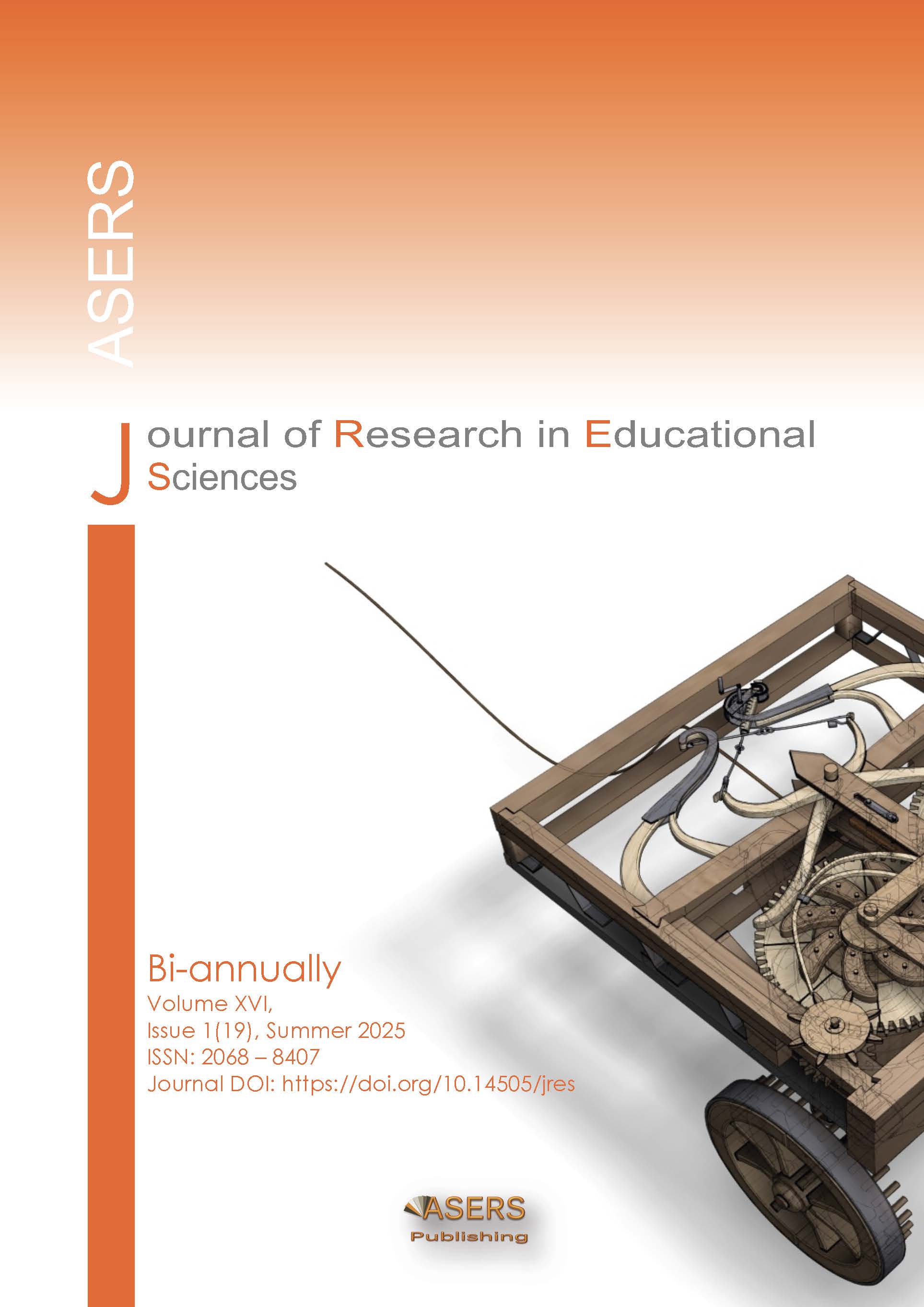Formation of Leadership Skills of Students in the Process of Interdisciplinary Integration
Abstract
Interdisciplinary integration facilitates the development of systemic thinking, creativity, and leadership skills necessary for students to successfully adapt to contemporary challenges. The integration of arts, computer science, and English broadens students' opportunities for self-realization and enhances the effectiveness of the educational process.
The relevance of this study is driven by the need for modern education to cultivate leadership skills among students that respond to the challenges of globalization, rapid technological advancements, and dynamic social realities. Leadership skills, such as critical thinking, initiative, communication, and teamwork, are key factors in personal development, socialization, and competitiveness in the modern world. The use of interdisciplinary integration in the educational process acts as an effective tool for creating conditions that foster the comprehensive development of these competencies, ensuring students' holistic worldview and their ability to address complex interdisciplinary tasks. The aim of the article is to explore the potential of integrating arts, computer science, and English in developing leadership skills among students in general secondary education institutions.
The research utilized analysis of scientific publications and regulatory documents addressing interdisciplinary integration and leadership skill development, observation of educational processes, and synthesis of practical experience in project-based learning.
The study substantiates the significance of interdisciplinary integration in forming leadership skills, such as initiative, creativity, critical thinking, communication, and teamwork. An example of the integrated project "Castles and Fortresses of Ukrainian Heritage" is detailed. This project aims to foster civic awareness, social and digital competencies. It combines research into cultural and historical heritage, the creation of informational booklets using digital tools, and presenting results in English.
References
[2] Baranovska, O. V. (2017). Interdisciplinary Integration as a Leading Trend in the Organization of Specialized Education. Pedagogical Education: Theory and Practice, 1(22): 9-13.
[3] Creating a Favorable Learning Environment. Trainings. / ed. by V. Kovalchuk, compiled by L. Halitsyna. Kyiv: Shk. Svit, 2011. 128 p.
[4] Ermak, T. M. (2022). Classification and Content of Leadership Skills in Students of General Secondary Education Institutions. Bulletin of the Glukhiv National Pedagogical University named after Oleksandr Dovzhenko, 3 (50). Part 2: 267-273. DOI: 10.31376/2410-0897-2022-3-50-267-273
[5] Ermak, T. M. (2023). Formation of Leadership Skills in Students through Project-Based Activities. Bulletin of Science and Education, 4 (10): 449-459. DOI: https://doi.org/10.52058/2786-6165-2023-4(10)-448-458
[6] Kovalchuk, V. (2011). Effective Lesson: Technologies, Structure, Analysis. Kyiv: Shk. Svit. 120 p.
[7] Kovalchuk, V. I., Ermak, T. M. and Kozlova, T. V. (2023). Value-Based Leadership: Lesson Cases on Forming Leadership Skills in Students: Methodological Guide. Kyiv: School World Publishing Group LLC. 55 p.
[8] Kovalchuk, V., Shevchenko, L., Ermak, T. and Chekaniuk, K. (2021). Computer Modeling as a Means of Implementing Project-Based Activities in STEM-Education. Open Journal of Social Sciences, 9: 173-183. DOI: 10.4236/jss.2021.910013
[9] Luchko, V., Zhytaryuk, I. and Luchko, V. (2024). Interdisciplinary Integration of Mathematics and Computer Science as a Factor of Improving the Quality of Learning in High School when Solving Advanced Problems. Current Issues in Modern Science, 11 (29): 949-960.
[10] New Ukrainian School: Conceptual Foundations of Secondary School Reform. Available at: http://surl.li/vjbuvo (accessed: 11.12.2024).
[11] On instructional and methodological recommendations regarding the teaching of educational subjects/integrated courses in general secondary education institutions in the 2023/2024 academic year. Letter of the Ministry of Education and Science No. 1/13749-23 of September 12, 2023. Available at: https://osvita.ua/legislation/Ser_osv/89974/ (accessed: 11.12.2024).
[12] On the approval of the State Standard for Basic and Complete General Secondary Education: Resolution of November 23, 2011, No. 1392. Kyiv. Available at: http://surl.li/tjjgiu (accessed: 11.12.2024).
The Copyright Transfer Form to ASERS Publishing (The Publisher)
This form refers to the manuscript, which an author(s) was accepted for publication and was signed by all the authors.
The undersigned Author(s) of the above-mentioned Paper here transfer any and all copyright-rights in and to The Paper to The Publisher. The Author(s) warrants that The Paper is based on their original work and that the undersigned has the power and authority to make and execute this assignment. It is the author's responsibility to obtain written permission to quote material that has been previously published in any form. The Publisher recognizes the retained rights noted below and grants to the above authors and employers for whom the work performed royalty-free permission to reuse their materials below. Authors may reuse all or portions of the above Paper in other works, excepting the publication of the paper in the same form. Authors may reproduce or authorize others to reproduce the above Paper for the Author's personal use or for internal company use, provided that the source and The Publisher copyright notice are mentioned, that the copies are not used in any way that implies The Publisher endorsement of a product or service of an employer, and that the copies are not offered for sale as such. Authors are permitted to grant third party requests for reprinting, republishing or other types of reuse. The Authors may make limited distribution of all or portions of the above Paper prior to publication if they inform The Publisher of the nature and extent of such limited distribution prior there to. Authors retain all proprietary rights in any process, procedure, or article of manufacture described in The Paper. This agreement becomes null and void if and only if the above paper is not accepted and published by The Publisher, or is with drawn by the author(s) before acceptance by the Publisher.
